Quinta do Vale Meao
“A Ferreira Legacy Thrives”
Douro Superior, eastern Douro Valley

Vale Meao’s mid to lower elevation vineyards and olive groves spread out vastly along the banks of the mighty Douro river.
Meao shares with a few other families in the Douro a rich and complex family history that was born out of the legacy created by the legendary Antonia Ferreira. The current generation managing Vale Meao are Feirrera 4th generation. Not only was she the Queen of the Douro Valley, but Antonia Ferreira was also one of the most important figures in Portuguese history leaving behind a legacy that to this day is one of the most admired stories of wine, culture, and society in Portugal.
Luisa and Francisco run most of the operations with their other brother Jaime handling financial aspects of the company. Their grandfather was the highly respected Jaime de Olazabal who worked at Casa Ferreirinha as its President. Jaime supervised over the creation of Portugal’s most famous red table wine, the now super-famous Barca Velha which was created by the legendary winemaker of Ferreirinha: Fernando Nicolau de Almeida. Since it’s creation, Barca Velha is the most coveted and expensive wine in all of Portugal. Eventually, the family wanted a place of their own and eventually amicably departed from Sogrape by buying all of the shares of Vale Meao not owned by Francisco (Guido). The family acquired Vale Meao, while Sogrape retained the Barca Vela label and now make the wine from a different set of vineyards, though it is the same concept of blending mountainside and low altitude loam vineyards. In essence, the Meao Douro red is the real Barca Vela since it is made from the almost the entirety of the original Barca Vela vineyards with the same principles. This fact seemed to have been lost on most people from what I can tell because of either marketing or a lack of knowledge by the consumer.

The lone slab with the Quinta name that lets you know you are on the right trail in the middle of nowhere deep in the Douro Superior!
Getting to Meao from Porto is not easy as it lies in the Douro Superior which is the furthest quadrant east of the Douro Valley. As we arrived you could immediately notice the difference in the topography to Cima Corgo, the middle quadrant of the Douro Valley. The river bank does not rise immediately nor as steep like it does in the Cima Corgo as the mountains rise further back from the river, allowing for more gentle sloping vineyard plantings and steeper hillside and higher altitude mountain vineyards. In Cima Corgo the flatter vineyards are at the top of the steep and dramatic rises that are planted right along the river Douro and it’s many tributaries that feed it. These sites, however, she reserved for white grapes because of the cooler temperatures from the higher altitude.
Driving to Meao is no easy feat if you don’t know where you are going. We drove along the banks of the Douro through tiny and winding roads, through what looked like an old village to arrive at the entrance to this viticultural gem. The original building erected by Antonia Ferreira with its original lagares and tanks dates to 1894 and was by 1910 fully operational. The railroad from Porto finally made it out to Posenho which helped speed up the completion process of the production facilities. The Olazabal family invested in expanding and adding practical modernization once they were handed the keys from Sogrape. Though the traditional practices remain intact, the improvements were to increase efficiency, cleanliness, organization and technological practices. The lagares are the original granite cut from the ground over a century ago. At one point the lagares were shortened for more efficient foot trodden macerations which continues today.

Tasting the current vintages and barrel samples at Vale Meao’s brightly lit tasting room and lab.
Make no mistake about it that Antonia Ferreira was chastised as being crazy and told she would fail as Douro Superior was still wild with little in the way of comforts or amenities of the day. There was no other wine production in the late 19th century because the Rabelo boats could not navigate the dangerous waters of the upper Douro. In fact, a close personal friend that said she was crazy and would fail ended up doing the first historical recordings of Meao, in essence, what we say as “eating crow” because by that time the property was flourishing and considered a success. Over time and through inheritance or financial issues, the original Ferreira empire started to split up. Meao, however, ended up back in the family where it remains to this day, a shining example of perseverance and fortitude in the wild Douro Superior.
Luisa was there waiting for us as we arrived and welcomed us warmly to Meao. Having come straight from the airport, this is the longest single trip I have taken door-to-door from home to a wine producer. Freshly fueled up on coffee and adrenaline from the excitement of being in the Douro, we started first in the production and aging rooms where we could see the old meet the new as the building was redone to build around and add to the original site.
The first glimpse inside is the original granite lagares and the steel fermentation tanks. The lagares were shortened for more precise and controlled crushing, maceration and fermentation. Above them is the peaked roof with the original wood beams that support the roof and the building’s integrity. Like many places in the Douro, the flow is like a waterfall from one step to the next allowing gravity to do a lot of the work. From the lagares, the wines will go to the steel tank for the still wines to complete a more controlled soak or fermentation, depending on the wine. From the steel tanks next are the barrels in the next room that goes down about one story where barrels, mostly French of different age and toast, are resting aging the wines before they are bottles. 24 months for the Meao and 12 months for Meandro.

Luisa Olazabal, daughter of founder Guido and brother to winemaker Francisco, gave us a wonderful, personal visit. 
The Vale Meao winemaking facility with the original lagares and wooden roof beams.
On this same floor tucked into the northeast corner is an old barrel room that was used to age wines from the original days a century ago. The next corresponding corner is an old bottle aging room where you can see old beams that support the floor above and keep the wines in perfect humidity and complete darkness. As we moved on through the facility we progressed into the new addition of the facility that contains more aging and bottle storage room, as well as the tasting room and the business offices.
Next is where it all starts, the vineyard. We hopped into the 4×4 and headed up to the highest spot on the property. There was a particular affinity for old Range Rovers on this trip, nothing different here at Meao as the old beast grunted and roared in 2nd and 3rd gear up the winding and steep “road”. From the top, you could see the entire loop of the Douro around the property. The Chapel, and way down below the Meao buildings, and the olive trees that looked like specs from this vantage point.

Young vines on higher elevation single row terraces.

The oldest of the younger vines that are planted high in the mountains on the property.

The Douro splits this image with its river flow, this is one side of the peninsula that Meao is located on.
These are the youngest vines of the property between 4-8 years old and are juvenile in their sporadic, unpredictable production. Take a look at the photo below to see the difference in just one block and in the same rows the difference in how the vines grew in the 2015 growing season.
As we arrived at the Chapel it was a funny feeling of checking a box. Ever since we arrived I felt it’s presence hovering over us keeping watch. Once there I could see why because it literally does have a view of the entire property. Inside was small and your typical Catholic setup of an altar, cross and the statues of the biblical characters. A quick sign of the cross and a prayer and we were on our way back down for lunch.

The old Chapel built at Meao a very long time ago, kind of the “La Chapelle” of the Douro.
We pulled in through the gates to the Meao home and to a walk around the property, stopping down at the patio for some cheese, charcuterie and the crisp, minerally white Meandro. Limited in production and thus rare outside Portugal, this was my first taste of Meandro Blanco. Well worth a spot in my suitcase, I purchased one to bring home. We finished up and headed in for lunch.
A freshly roasted Capon arrived in the dining room just as we were starting to pour a few older vintages of the Meao. The Capon bird, a larger version of what tastes like a turkey and chicken with more dark meat, was a good Pairing with the Meao wines that were e tearing or already in their maturity window. 2009 was firm, and fresh, with some tertiary aromas and flavors. The 2007 Vale Meao was ready to go and fully mature with silky and fine tannin, a soft wine that now benefits from a particularly difficult Douro vintage.

Lunch at Meao was excellent, 2007, 2013 Meao, 2000 Vintage Port, and an experimental Tawny Port.
Luisa and I talked about her family and mine, our children, what life is like for Luisa and her family out on the edge in Douro Superior. Things have changed with the new highways. But life for Luisa and many of her family is in Porto, while for Francisco, he and his wife remain at Meao year round. Luisa takes the train back and forth, sometimes a few times a week, working on the train as she rides the 2 and a half hour commute. We finished up with the spectacular 2000 vintage Port that was drinking supremely well and had been open for about 2 days. As is typical of the Quinta Ports I like, this was more wine-like in character with less sweetness and more dry extract of the wine in the composition. Ready to drink now, if you have any go for it or you can wait several more years as it coasts deeper into maturity.
I look forward to breaking bread with the Olazabal family again sometime, they are true pioneers and protectors of the traditions of the Douro Valley and of the Ferreira legacy. Should you find yourself in the Douro it is well worth spending the day with them if you can, you will make new best friends and get to live, if for a small sliver of time, like you are stepping back in time and reliving history.
Cheers,
Tom
 2013 Meao
2013 Meao
Youthful, with power and concentration in the nose and palate. A very traditional styled Meao showing the typical style of this wine. The nose shows a mix of red and blueberry fruits, subtle spices, and barely a trace of oak. These wines are always masterfully aged in oak to impart just the right amount of oxygen and wood character. The palate is well balanced, youthful and medium+ in intensity and a fresh, persistent finish. This is just as good or better, depending on your tastes of course, of the recent string of many excellent Meao and reminded me of the 2009. Tasted at Quinta do Vale Meao 10/16/2015, tasted at opening and 1.5 hours later.
 2013 Meandro
2013 Meandro
Not many better “regular” Douro Tinta wines, but then again this consistently performs at a level above its basic Douro designation. At around $18-23 USD this is a perennial overachiever and model of approachable young Douro that is expressive and a little finer in texture so it’s ready to go but can be aged 5-8 years easy. Red to dark red fruits, spice, and a stony schist component add complexity on the nose and palate with good acidity. Tasted at Quinta do Vale Meao 10/16/2015, tasted at opening and 1.5 hours later.
 2012 Monte Meao Touriga Nacional
2012 Monte Meao Touriga Nacional
Extremely rare, not sold in the USA but available at the Quinta to taste and take with you. 100% Touriga Nacional from both schist and granite, the combination of both soil types adds power, structure, freshness, and complexity from the schist, while the granite rounds out the wine with more body, deeper fruit and plush tannins. Well structured and balanced, this is an elegant version of TN that will please traditional Douro wine consumers, as well as those that appreciate precision and elegance matched with power and grace. We were able to taste the 2014 individual parcels that allowed us to see the components that each soil type bring to the wine. This should go 95+ as it ages, it sure has the potential to do so. Tasted at Quinta do Vale Meao 10/16/2015, tasted at opening and 1.5 hours later.
 2014 Meandro Branco
2014 Meandro Branco
Finally, I get to try this as it is nearly impossible to find with production limited to 500 cases. Latin for sure in its signature, but with a nod north to the great wines of the Anjou-Saumur of Loire. Chenin Blanc comes to mind with the lime and loads of minerality and a touch of wild reminding me of Savienniere. 100% stainless steel and no malolactic fermentation keeps the edgy and fresh acidity live and refreshing. Tasted at Quinta do Vale Meao 10/16/2015.
 2007 Meao
2007 Meao
If you want to try a Meao that is starting to show what age in the bottle is like, this is the wine to try. 2005 and 2006 are drinking much younger, but 2007 is showing brick red tones at the edges, while the nose and palate have given way to time due talk the more difficult growing season. Aromas and flavors of forest floor, especially fall leaves, red savory fruits, roasted plum, and subtle licorice spice and lavender. The structure is fine and silky as the tannin has mellowed, while the fruit has evolved completely into the tertiary phase. Drink now or hold for 2-3 years. Tasted at Quinta do Vale Meao 10/16/2015, bottle open 24 hours.
2009 Meao
Classic Meao that is intense but at the same time light on its feet. But that is what you get when you combine the great 3 main terroirs of the Meao property: schist, granite and riverside alluvial mounds. Power, grace, and depth are achieved on the palate without trying hard. The wine delivers layer upon layer of flavor and complexity effortlessly. The wine is young, so the longer you can decant the better. A few hours is ideal, but open in the bottle for 1 day is better (how we had it). More black to dark red fruits, spice and the most intense depth and complexity of all the Meao on the day. Tasted at Quinta do Vale Meao 10/16/2015, bottle open 24 hours.
 2000 VP Meao
2000 VP Meao
A deep red and purple colored core, with a vibrant cherry red on the edges. The nose is intense but more expressive like a wine showing the red and black fruits, with more elegant and tertiary character of spices like star anise, lavender, and other wildflowers. The length is superb, with a similar persistence to the Meao table red in that it shows strength without trying hard. This further convinces me of the ability of the Quinta single vineyard Ports to excel above all of the regular big house Port wines. I consider these to be more wine-like in their character, being less intensely fiery from the spirit when young and allowing for more complexity and approachability earlier in life, but with the ability to still age very well and in excellent vintages much longer. Will a VP from a big house age longer, probably but it has less of the wine like character and the world can use more variation in great Port for sure. Tasted at Quinta do Vale Meao 10/16/2015.
Meao Tawny 1999
From stocks that Francisco is experimenting with, these Tawny wines may or may not turn into a commercial bottling. From what I gather with discussing it with Luisa they are still tinkering with the blend and the style they want to represent as a Meao Tawny. Caramel and roasted nuts jump from the glass and fan out over the thicker textured wine that adds oxidized notes of orange and ginger. If anything for me as good as this is it could use a little more freshness. Tasted at Quinta do Vale Meao 10/16/2015.
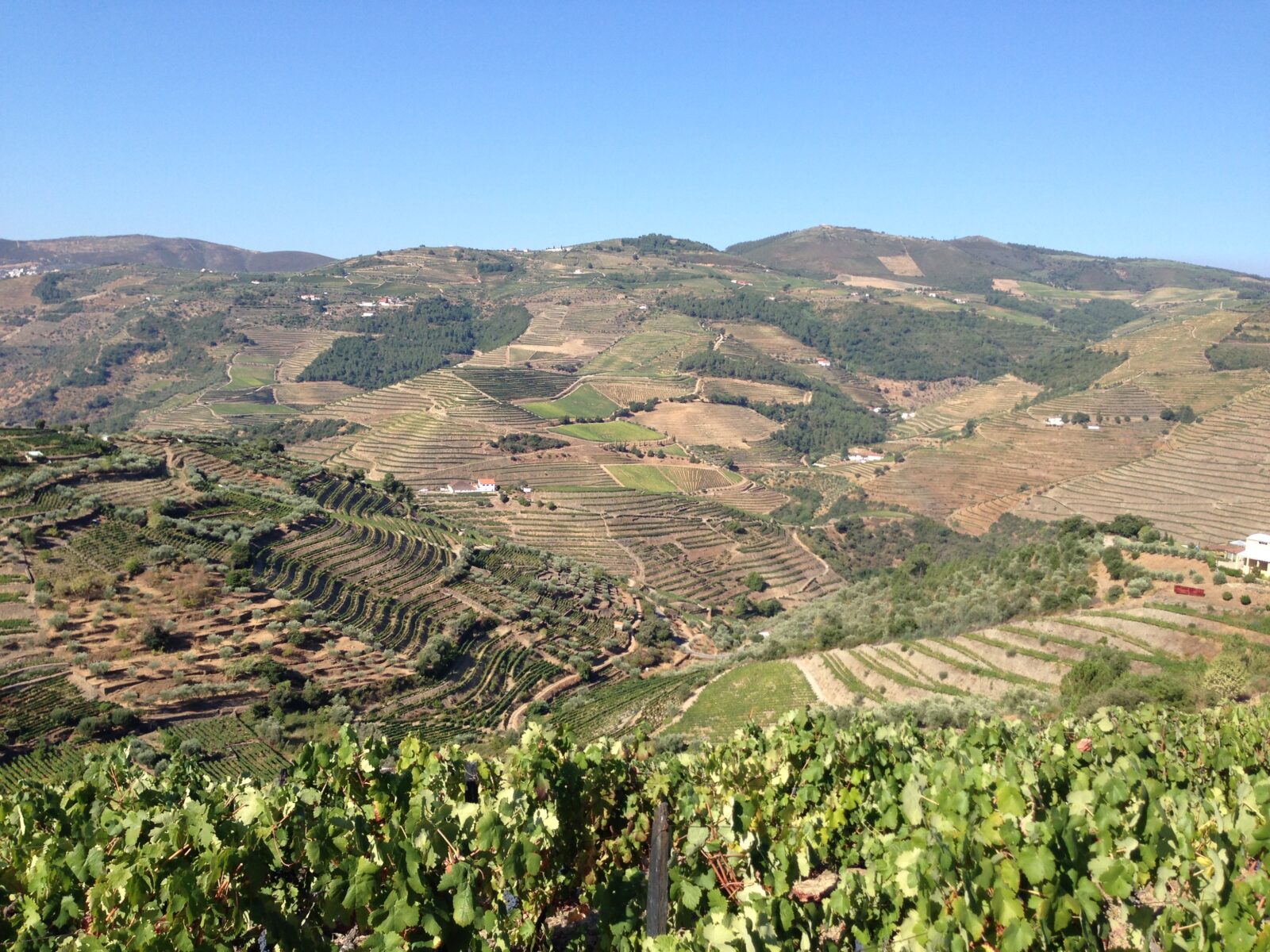
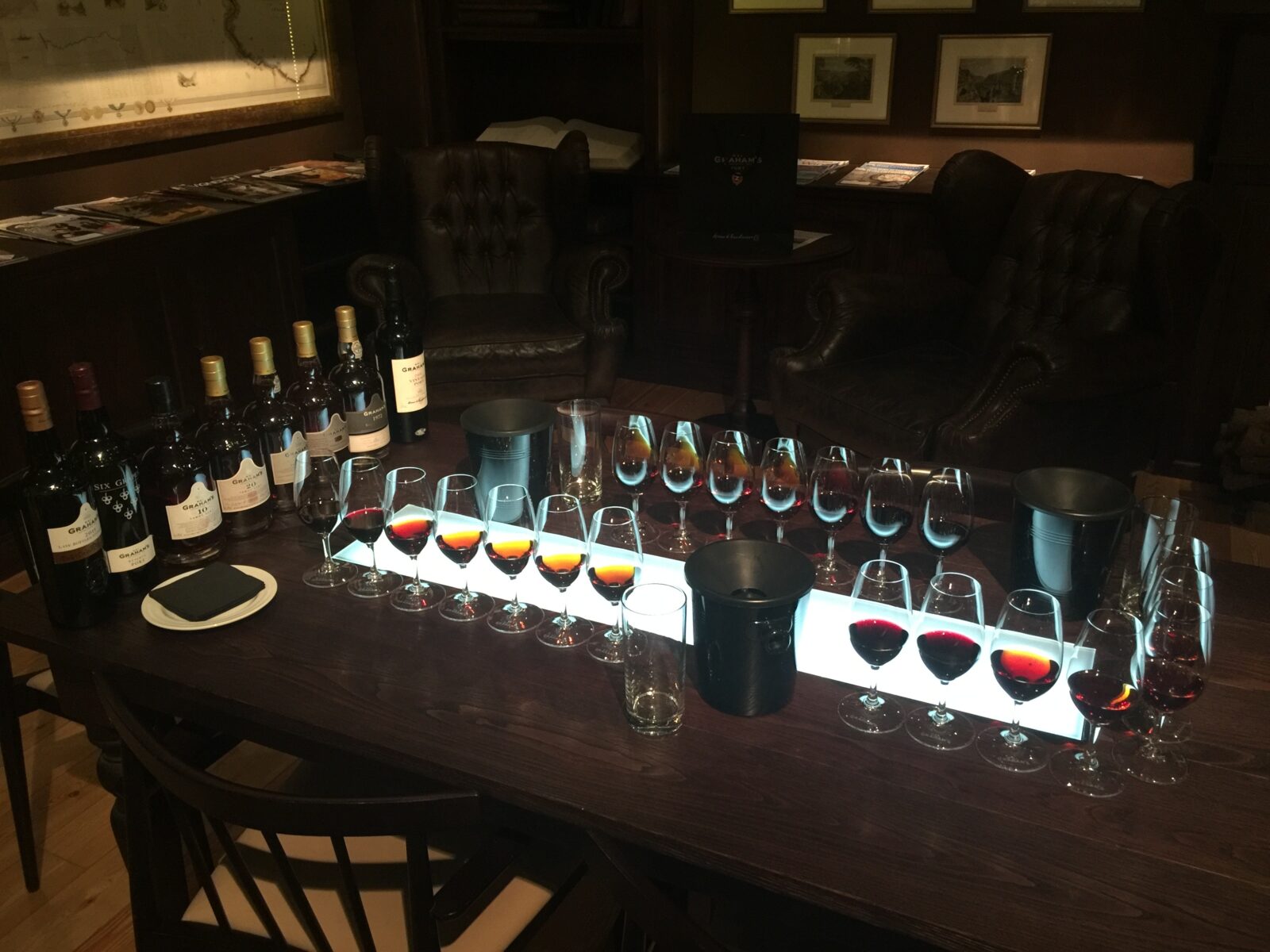
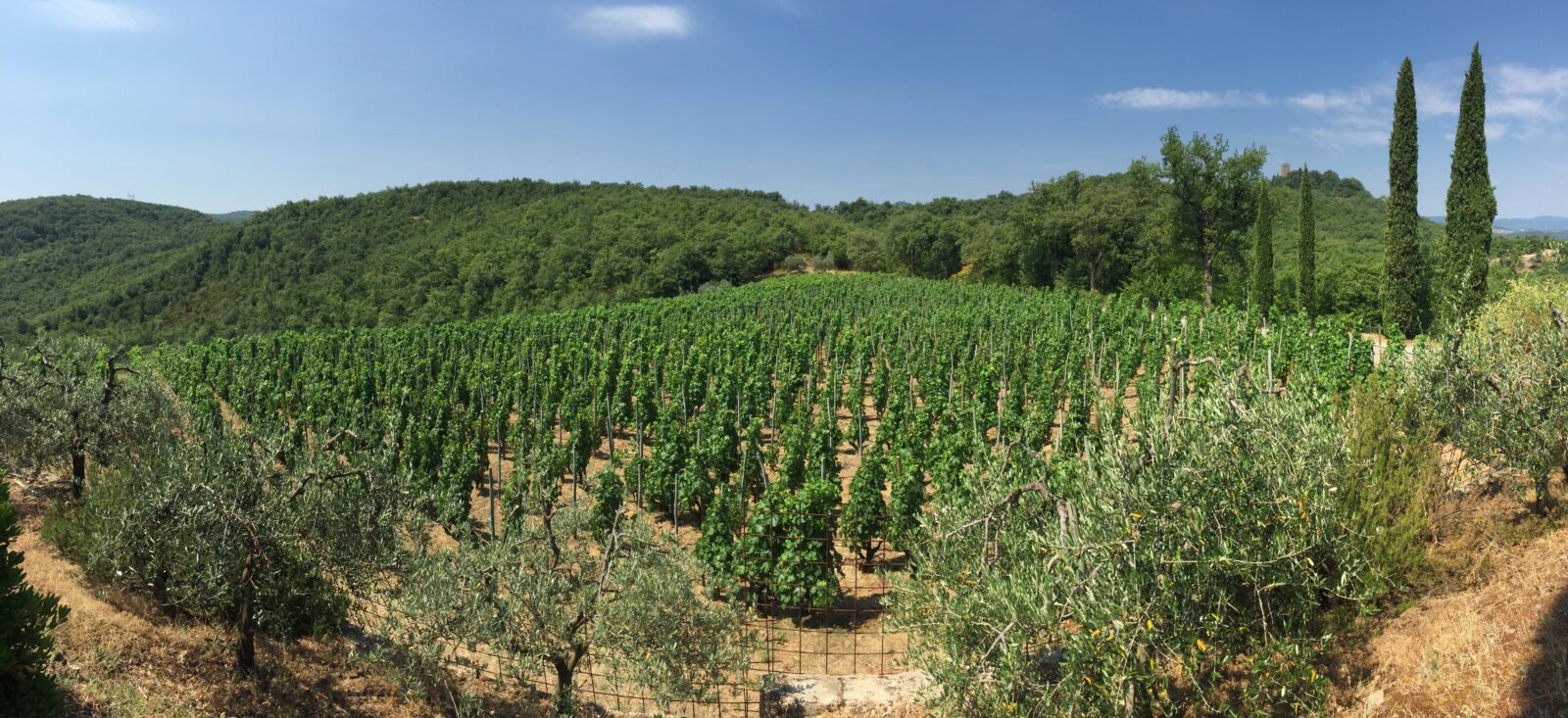
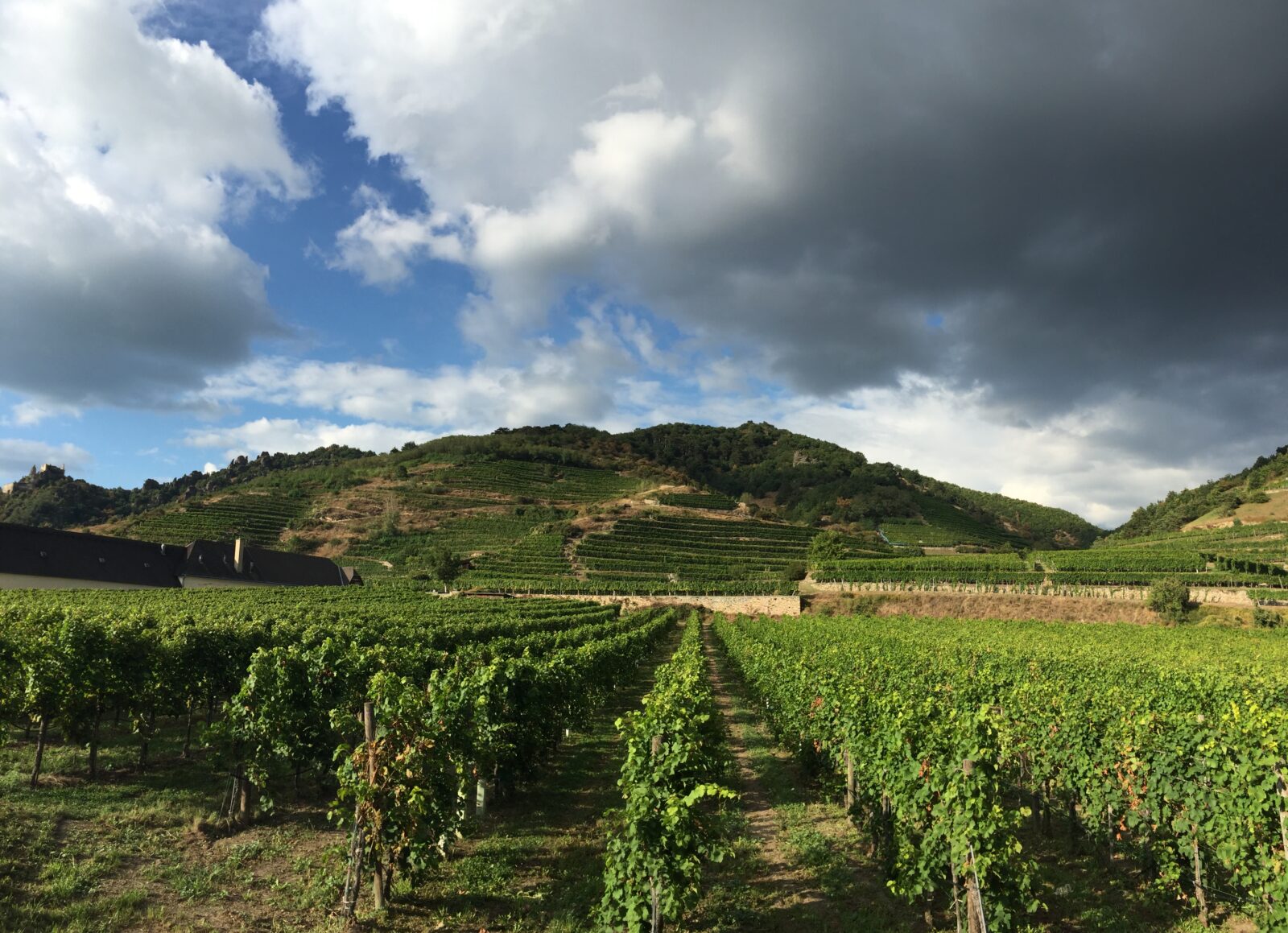
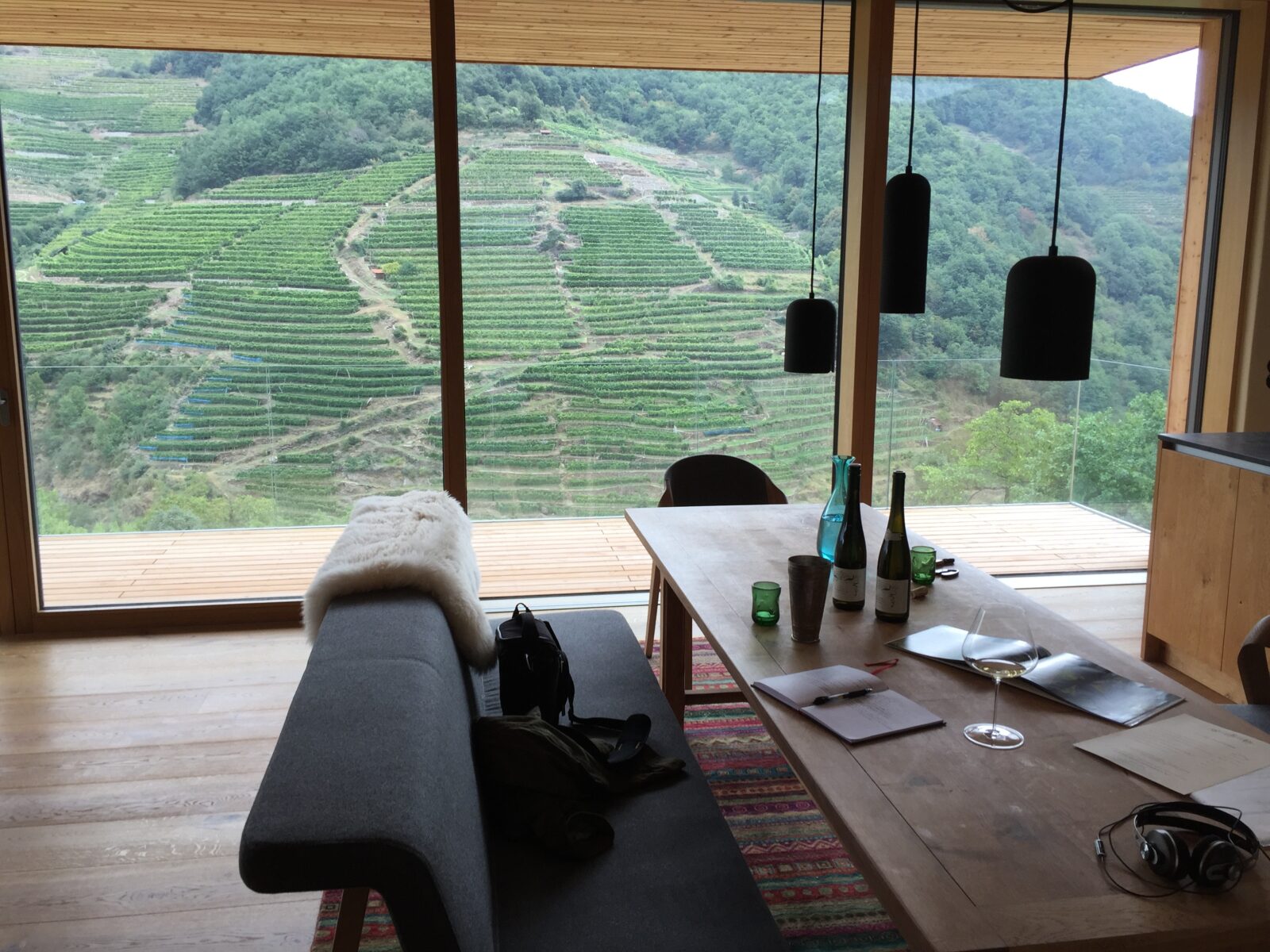
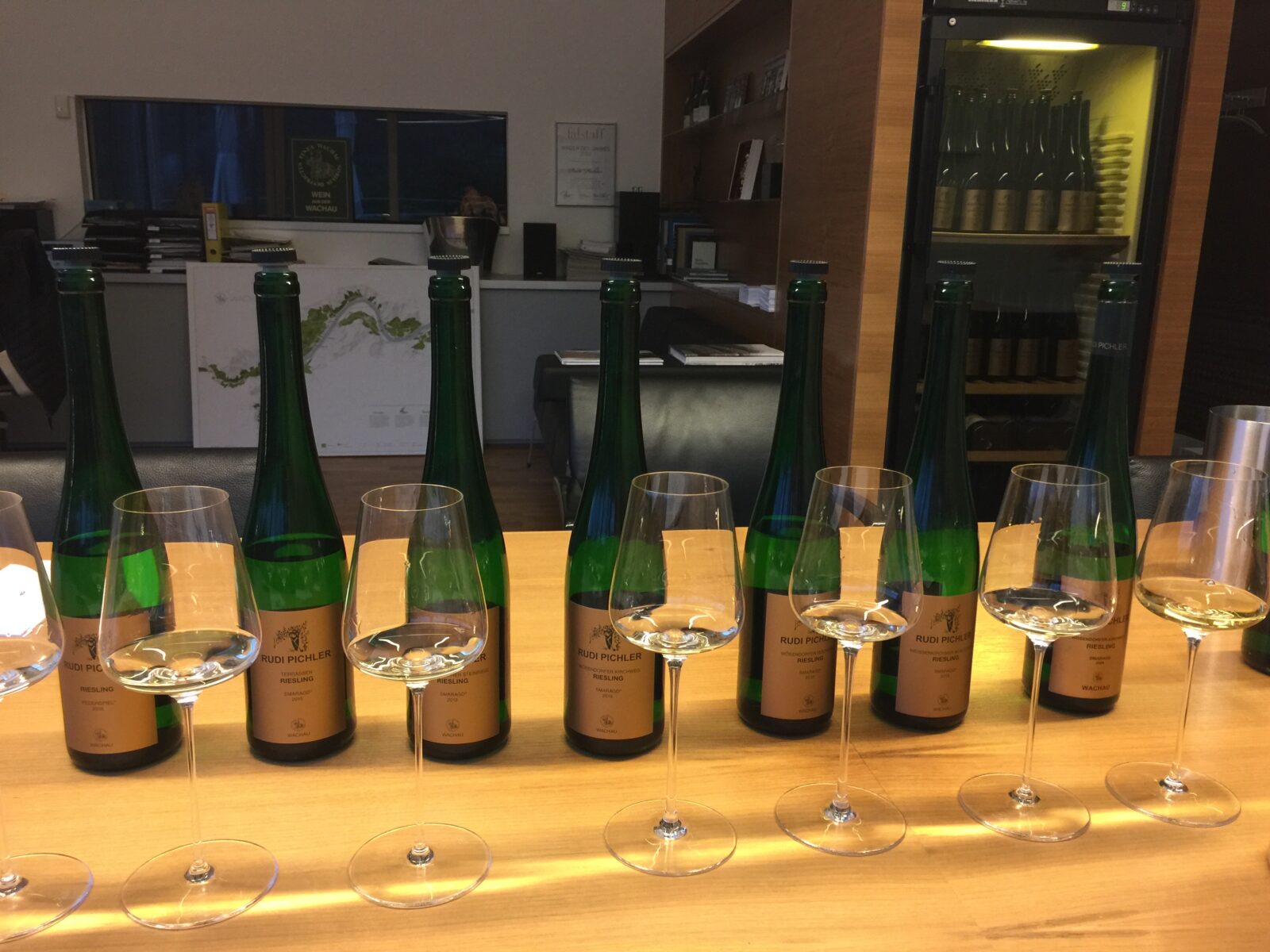
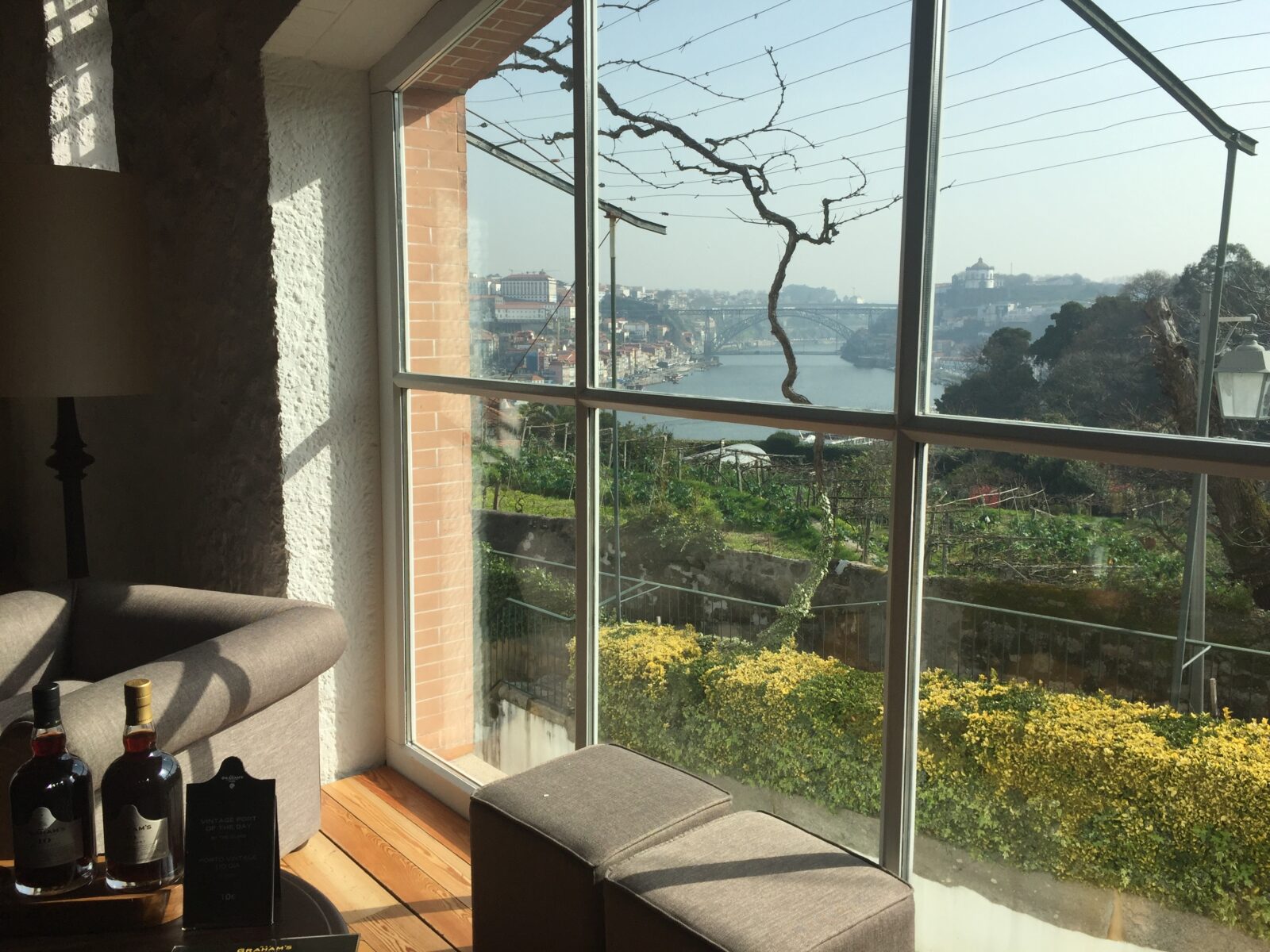
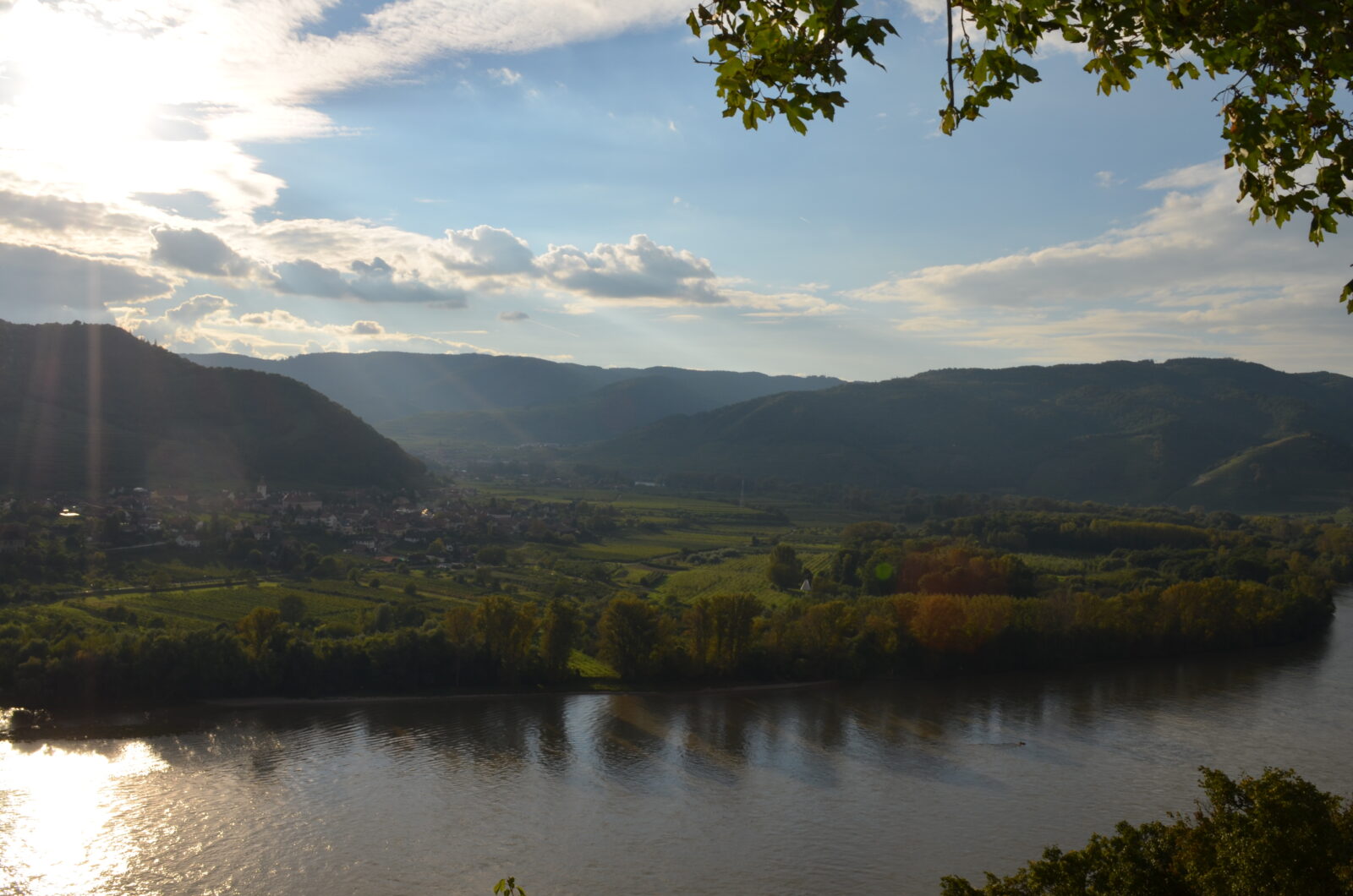
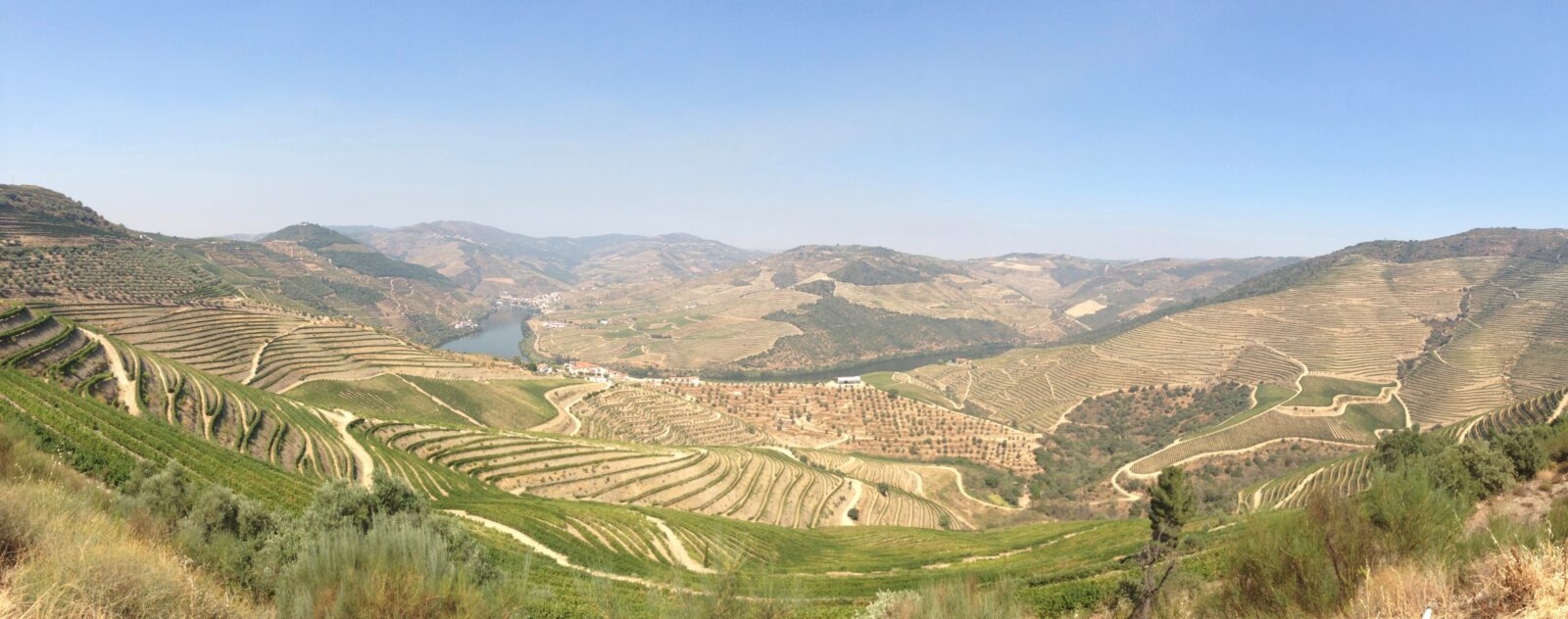

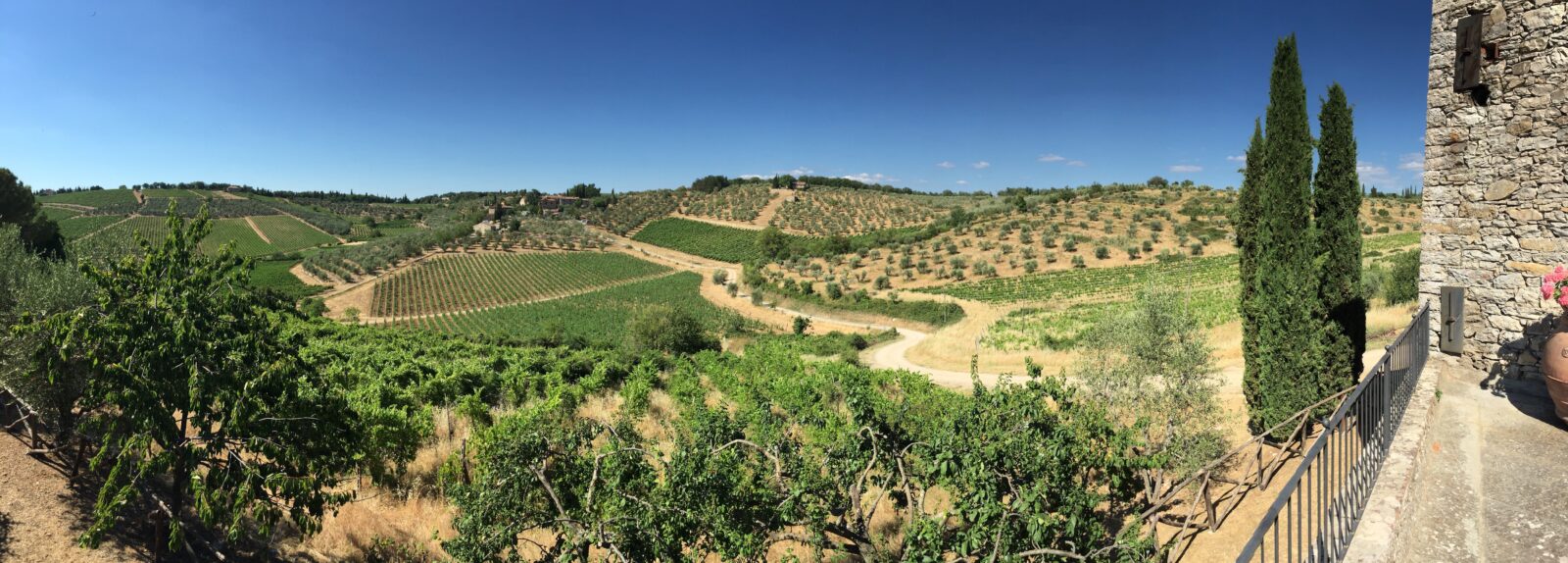
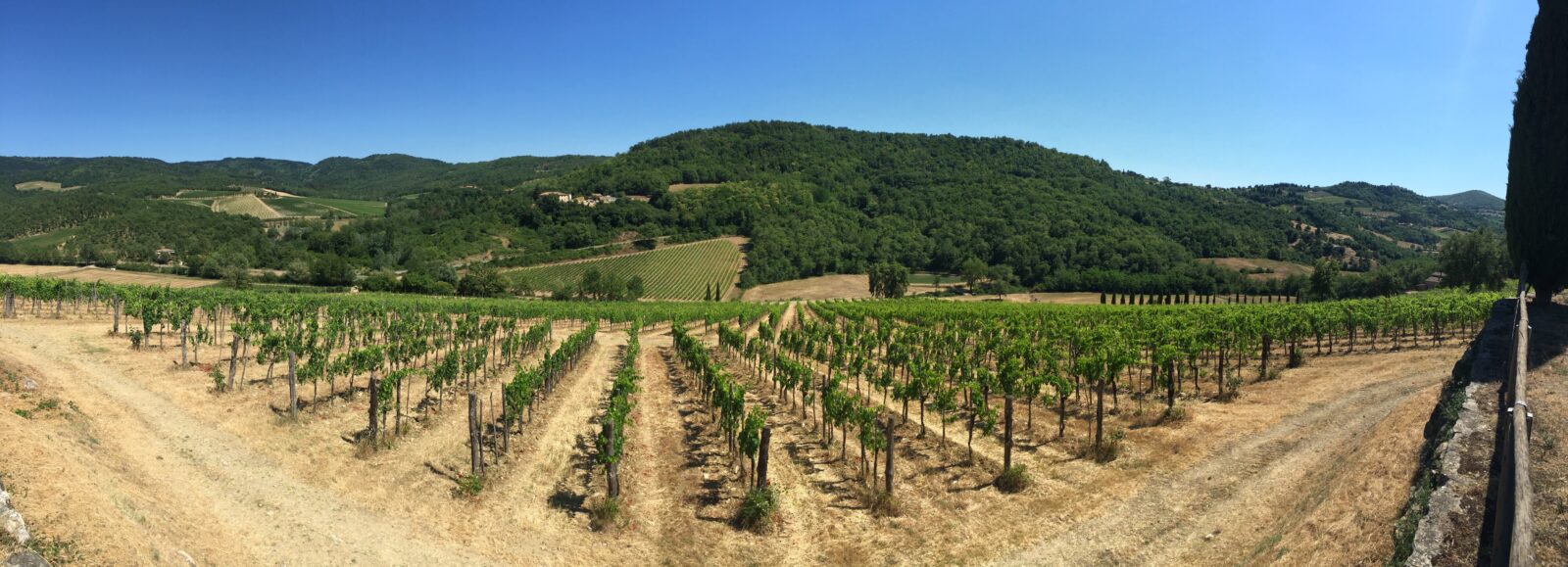
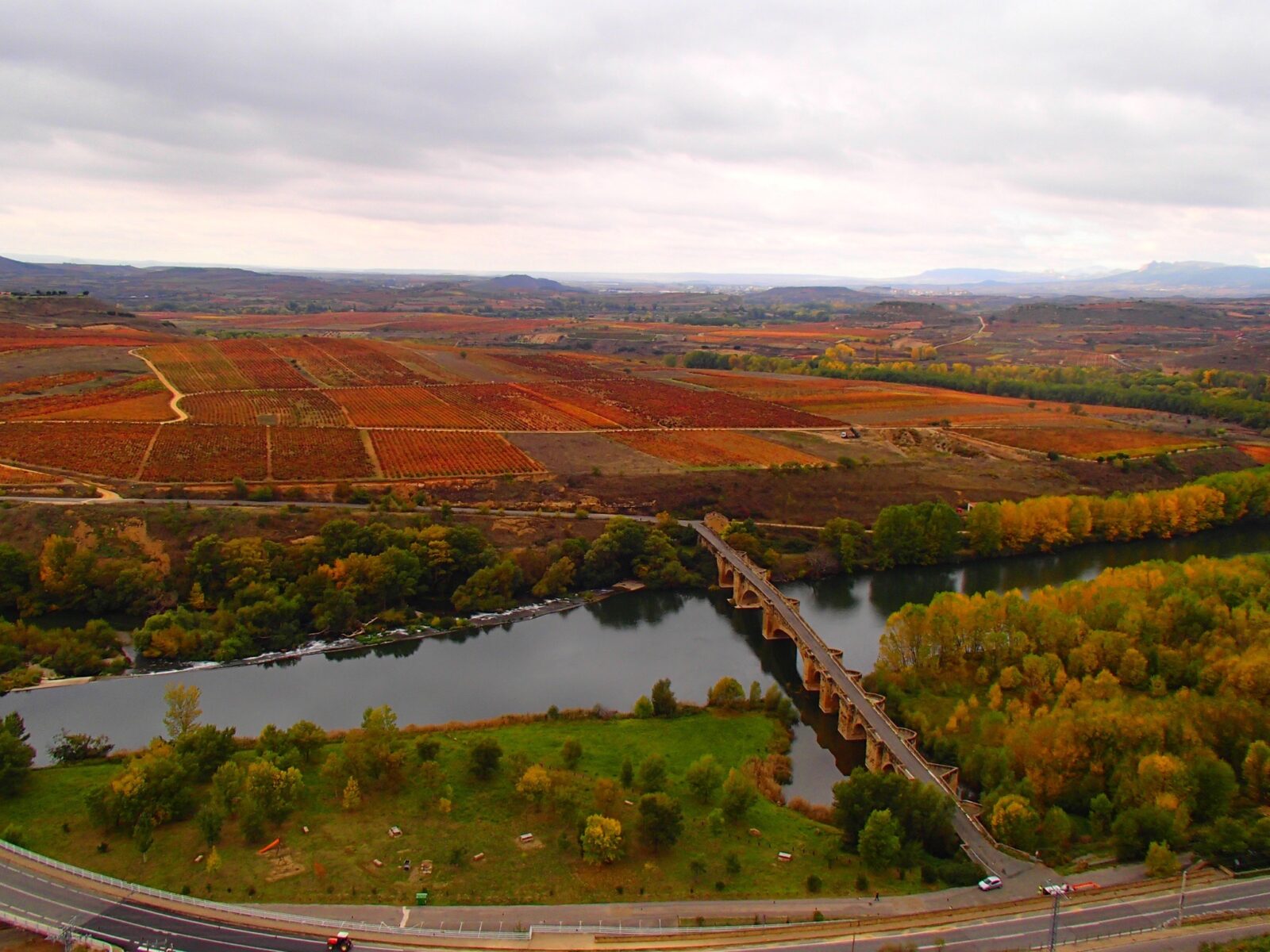
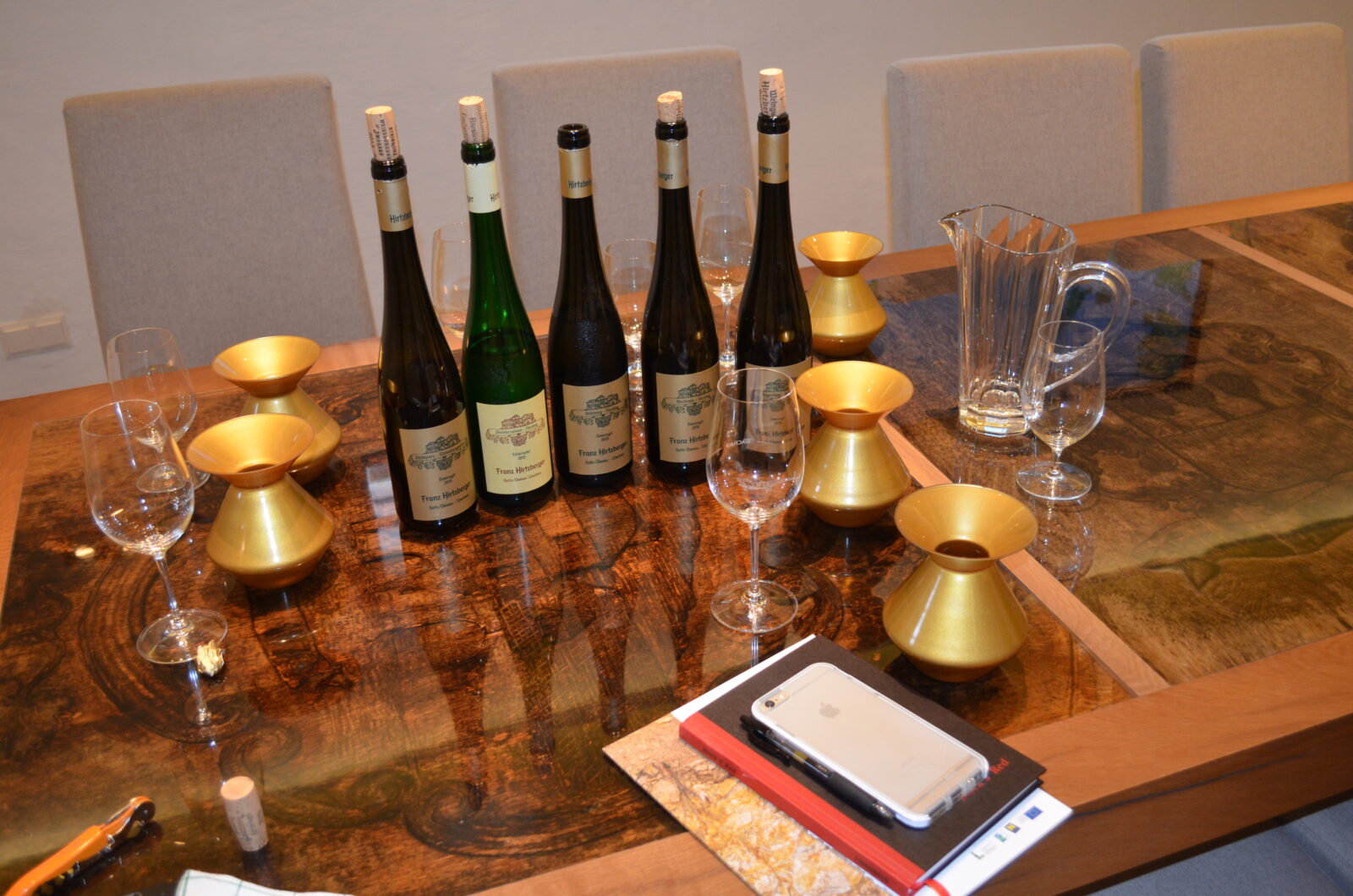
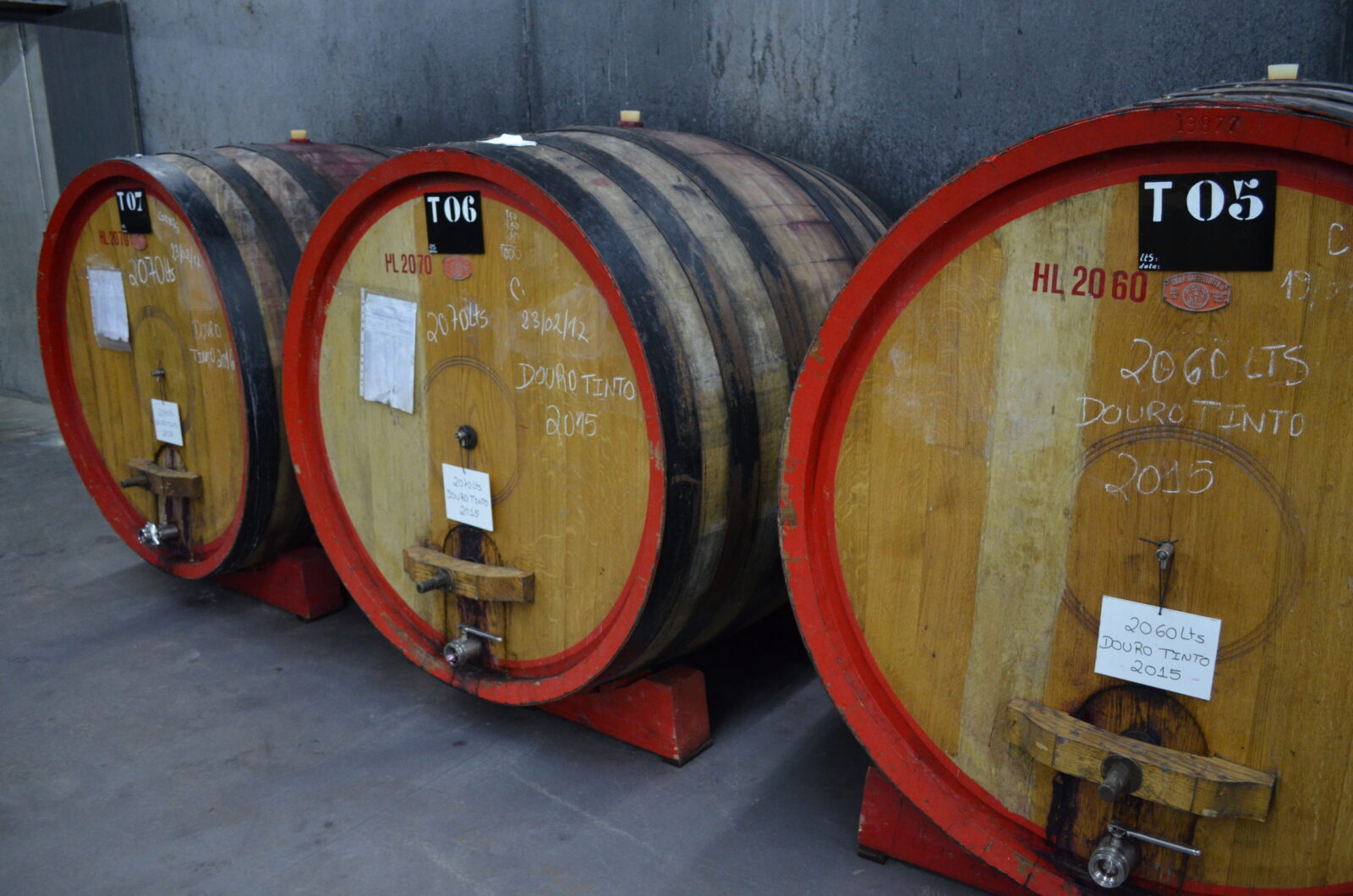

Comments
Leave a Reply